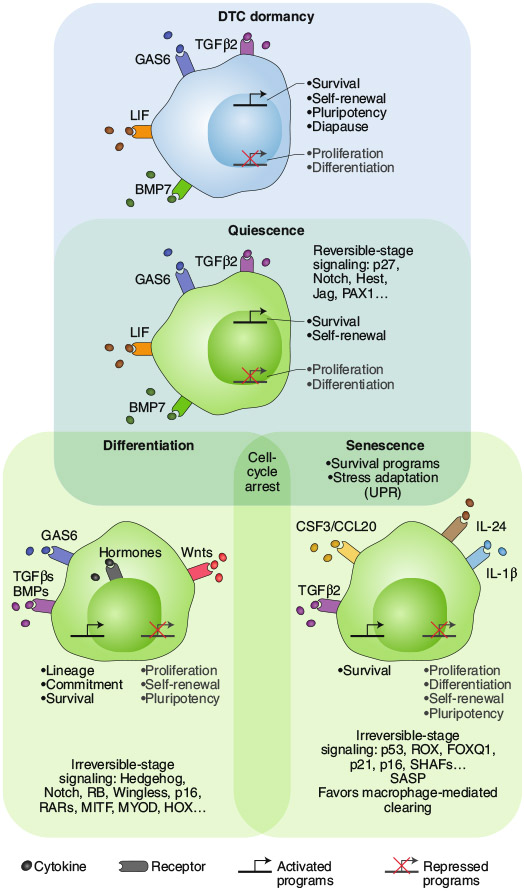Fig. 1 ∣. Differences and commonalities among normal quiescent, senescent, differentiated cells and dormant cancer cells.

Cell-cycle arrest and survival programs are shared across all programs. Although differentiation and senescence are typically irreversible or highly stable stages, quiescence and dormancy are reversible. It would appear that normal quiescent cells and dormant cancer cells interpret the same microenvironmental factors in a similar manner, and this leads to the activation of survival and self-renewal programs. However, dormant DTCs also turn on diapause and pluripotency programs and an unfolded protein response (UPR) also observed in senescent cells. Normal quiescent, senescent and differentiated cells are green;44 the dormant cancer cell is blue26. SASP, senescence-associated secretory phenotype.
